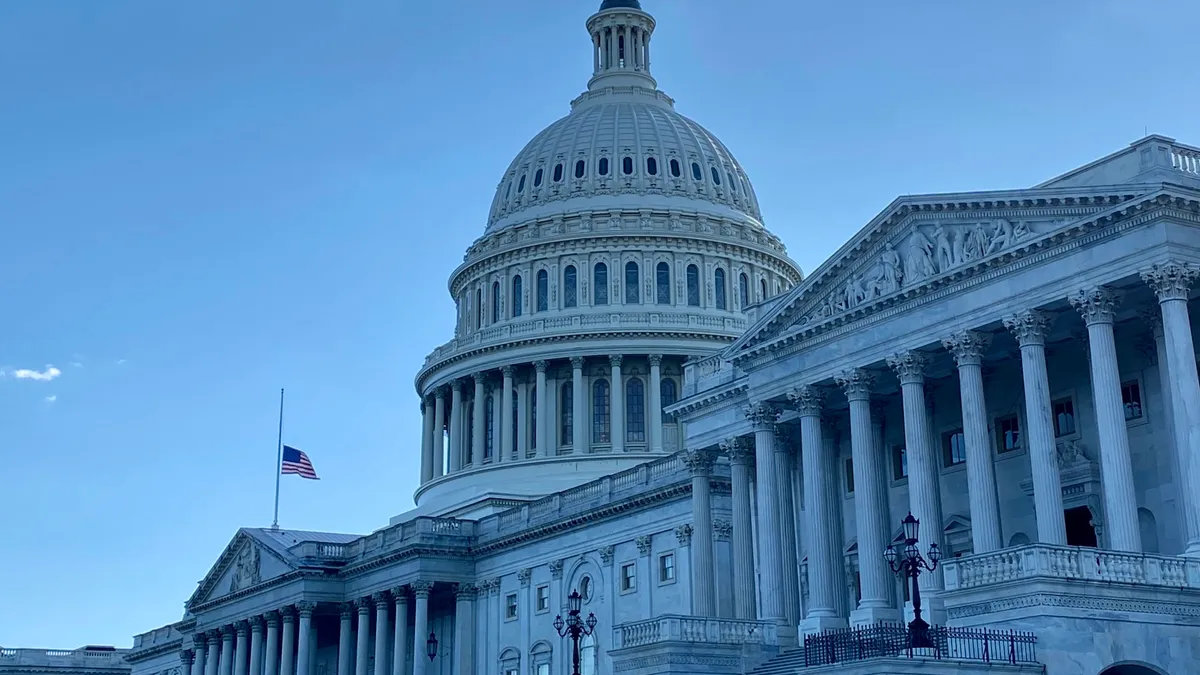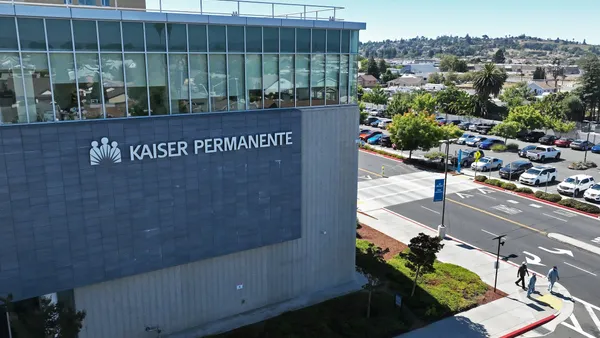Editor’s Note: The following is an opinion piece from Ann Greiner, president & CEO of the Primary Care Collaborative, and Shawn Martin, executive vice president and CEO of the American Academy of Family Physicians.
Silver-bullet ideas and leading technologies grab our attention and are regularly celebrated as fixes for our ailing, expensive healthcare system. Meanwhile, straightforward approaches are neglected or dismissed, despite strong evidence that they work.
Primary care is a case in point. It is the first place patients should turn with questions or issues about their health. But this is happening less and less, as decades of underinvestment make it difficult for patients to consult with primary care clinicians who truly know them and their health histories.
When patients cannot easily or consistently access primary care, they turn to more expensive emergency or specialty care or forgo care altogether. Unfortunately, this generates more costs, more confusion and may contribute to worse health.
Policymakers can strengthen healthcare for millions of people in America, but only by committing to greater investment in primary care so that it can become the helpful home base for patients that it was always intended to be.
Action is critical, because things are getting worse. The share of adults in the United States reporting a usual source of primary care continues to decline, and the consequences include high rates of avoidable hospitalizations, readmissions and costly emergency department visits.
A number of factors help explain this, including a growing workforce shortage. It is estimated that we will need up to 48,000 additional primary care physicians by 2034.
This is how underinvestment in primary care starts, but it is an incomplete picture. Underinvestment continues when primary care physicians and care teams are unable to access the data, technology and other benchmarking resources that can capture community and practice needs.
A decade of data from Medicare accountable care organizations show that high-performing organizations built around strong primary care — grounded in analytics, technology and benchmarking — improve patient outcomes and save Medicare money.
A recent study from Wakely found that more primary care physicians and more visits with them yield greater cost savings for ACOs in Medicare’s Shared Savings Program.
In spite of primary care’s proven benefits, policymakers and health system leaders have done little to pivot even a small portion of the billions spent annually in hospital settings toward investments in community-oriented primary care.
On the contrary, our system incentivizes hospitals to become larger and larger, giving them clout that’s making the future of primary care practice less certain.
There are solutions that can make a difference. For one, the administration should work to increase investment in primary care through a prospective payment option in MSSP, a value-based payment approach that can strengthen the foundation of our health system and help ensure that our system’s front door is cracked open a bit wider.
Congress should also permanently authorize and expand the Teaching Health Center Graduate Medical Education Program, which helps communities grow their health workforce, and target new Medicare graduate medical education slots to underserved areas and primary care specialties. Our most vulnerable communities need greater, more equitable access to primary care to meet their unique needs.
Finally, policymakers can better support and encourage Medicare, Medicaid and ACA marketplace enrollees to select a trusted source for primary care. This will support patients in making healthcare decisions that are best for them and their families.
Now is the time for policymakers and other healthcare leaders to strengthen primary care and improve our health system. Failing to invest more in primary care will translate into increased fragmentation, navigation nightmares and climbing expenses for patients and physicians.
There is a different, proven path policymakers can follow. We implore them to do so.













